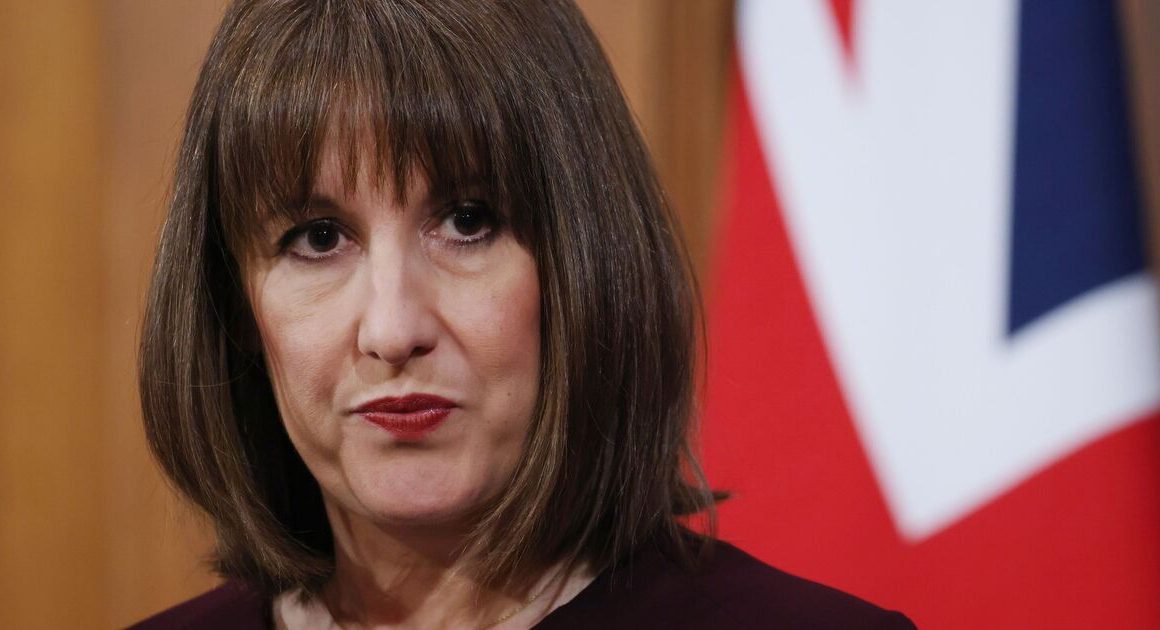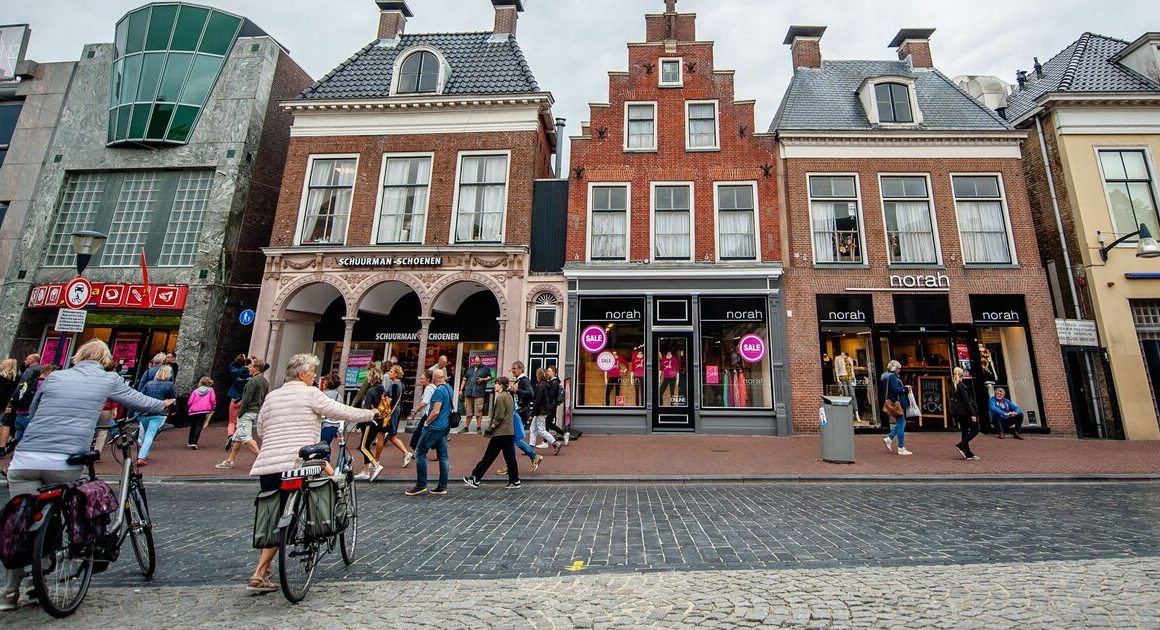Britain’s 1,000 unsolved murders have been mapped showing the cold cases where killers continue to evade justice.
Every case has been the subject of a major police investigation with some of them dating back to the pre-war era with others from the last 10 years.
Cases include many seemingly random attacks carried out by strangers as well as violent robberies, gangland killings and contract murders.
Our exclusive list was sourced from Freedom of Information (FOI) requests to every police force in the country and backed by research through newspaper archives.
The oldest case in the timeline is from 1938. Farmer Jim Dawson had spent the evening drinking in his local pub in Bashall Eaves, near Clitheroe. As he walked home, the 46-year-old was shot in the back of his shoulder by an unknown attacker.
Dulled by the ale he had drunk, he initially thought he had been hit by someone throwing stones. But the next morning, he awoke to find his sheets covered in blood.
At first he was refused surgery, but was persuaded to seek treatment at Blackburn Royal Infirmary, where medics removed a crude homemade bullet from his shoulder.
Four days later, he took a turn for the worse and died in a nursing home in Blackburn. The cause of his death was recorded as gangrene and septicemia from an infected wound.
Detectives investigating his murder were met with a wall of silence – so much so that Bashall Eaves was later tagged “The Village That Wouldn’t Speak” after a 1979 TV documentary with that title.
Many of the cases included in the map are so famous they remain locked in the national psyche, such as the assassination of TV presenter Jill Dando in 1999.
Other mysteries – however shocking at the time – have been consigned to history, such as Jack the Stripper’s reign of terror in 1960s London, as well as a host of lesser-known crimes that are still unsolved.
Each remains an enigma, with families still seeking justice and answers – and in many cases, the murderer may still walk the streets.
A common thread among many of the unsolved cases is that they appear to have been carried out by a stranger or someone with no obvious connection to the victim or a clear motive.
Criminologist Dr David Wilson – who has investigated many cold cases – said: “Nine in 10 murders are solved by police because usually the victim and the perpetrator know one other.
“Husbands kill wives, parents kill their children, friends kill each other. There is the phenomenon of young men killing other young men, but usually, they know each other. There’s usually a relationship between the murderer and victim.
“Unsolved cases tend to be when there is no prior relationship between the murderer and victim, or the police have no physical evidence to connect the main suspect.”
Dr Wilson added that victims of unsolved murders are usually people who don’t have well-established roots in the community, so no one will know when they have gone missing or think it’s suspicious.
We submitted Freedom of Information requests to every police force and most responded with official lists of cold cases dating back to the 1960s, with some providing information of older cases.
Some police forces declined to supply the information and in these areas the unsolved murders have been added through additional research.












